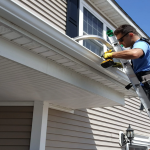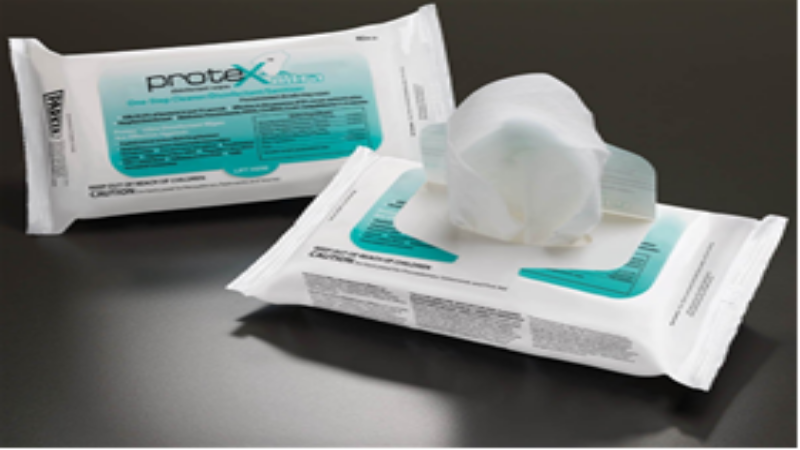Hospitals across the United States are under constant pressure to deliver high-quality patient care while maximizing efficiency and minimizing costs. With increasing patient loads and growing complexity in healthcare delivery, healthcare facilities are seeking innovative strategies to streamline operations. One particularly effective approach involves the integration of Medical Device Kitting solutions into hospital supply chains. This method, which bundles necessary medical devices and components into ready-to-use kits, is quickly gaining traction as a practical way to support healthcare teams and optimize workflow.
The Role of Kitting in Hospital Operations
In a busy hospital environment, time is of the essence. Medical professionals often face the challenge of gathering various devices and consumables for specific procedures, which can lead to inefficiencies, delays, and even errors. By pre-assembling all required items into a single kit, hospitals can ensure that staff have immediate access to the tools they need, exactly when they need them. This not only reduces the potential for missing or misplaced items but also allows clinicians to focus more on patient care rather than logistics.
Key Benefits of Medical Device Kitting
Adopting device kitting solutions offers a range of advantages that contribute directly to hospital efficiency:
- Time Savings: Pre-packaged kits eliminate the need for staff to manually collect individual items, significantly reducing preparation time for procedures.
- Inventory Management: Kitting streamlines inventory tracking and restocking, making it easier to manage supplies and reduce waste from expired or unused items.
- Standardization: Kits can be designed to meet the exact needs of specific procedures, ensuring consistency and reducing the risk of human error.
- Cost Efficiency: By minimizing inventory overhead and optimizing supply usage, hospitals can realize substantial cost savings over time.
- Enhanced Patient Safety: Having all necessary devices in one package reduces the chance of missing essential components during critical procedures.
Streamlining Care Through Customization
One of the most significant advantages of device kitting is the ability to customize kits for different departments or procedures. Whether it’s for surgery, emergency care, or routine diagnostic testing, kits can be tailored to include only the items required for a specific task. This level of customization not only supports clinical protocols but also helps reduce unnecessary waste and ensures that every procedure is performed with the right tools on hand.
Hospitals can collaborate with their supply partners to design kits that reflect the unique needs of their facility. This partnership-driven approach fosters continuous improvement and allows for quick adaptation to changes in medical practice or technology.
Implementing Kitting Solutions: Best Practices
For hospitals considering the adoption of device kitting, a strategic implementation plan is essential. Here are a few best practices to guide the process:
- Assess Clinical Needs: Work with clinical staff to determine which procedures would benefit most from kitting.
- Engage Stakeholders: Involve procurement, supply chain, and frontline staff in the design and rollout of kits.
- Monitor and Evaluate: Continuously track usage patterns, costs, and outcomes to identify opportunities for improvement.
- Leverage Technology: Use inventory management software to track kit usage and automate reordering.
The Future of Hospital Efficiency
In today’s fast-paced healthcare environment, optimizing operational efficiency is more important than ever. Device kitting solutions have emerged as a practical and effective way to streamline care, reduce costs, and support better patient outcomes. By embracing these innovative approaches, hospitals can empower their staff, improve resource utilization, and ultimately deliver higher standards of care to the communities they serve.






